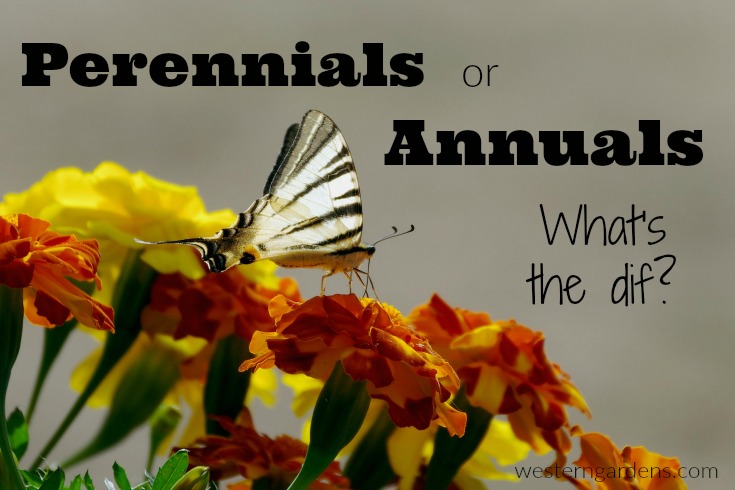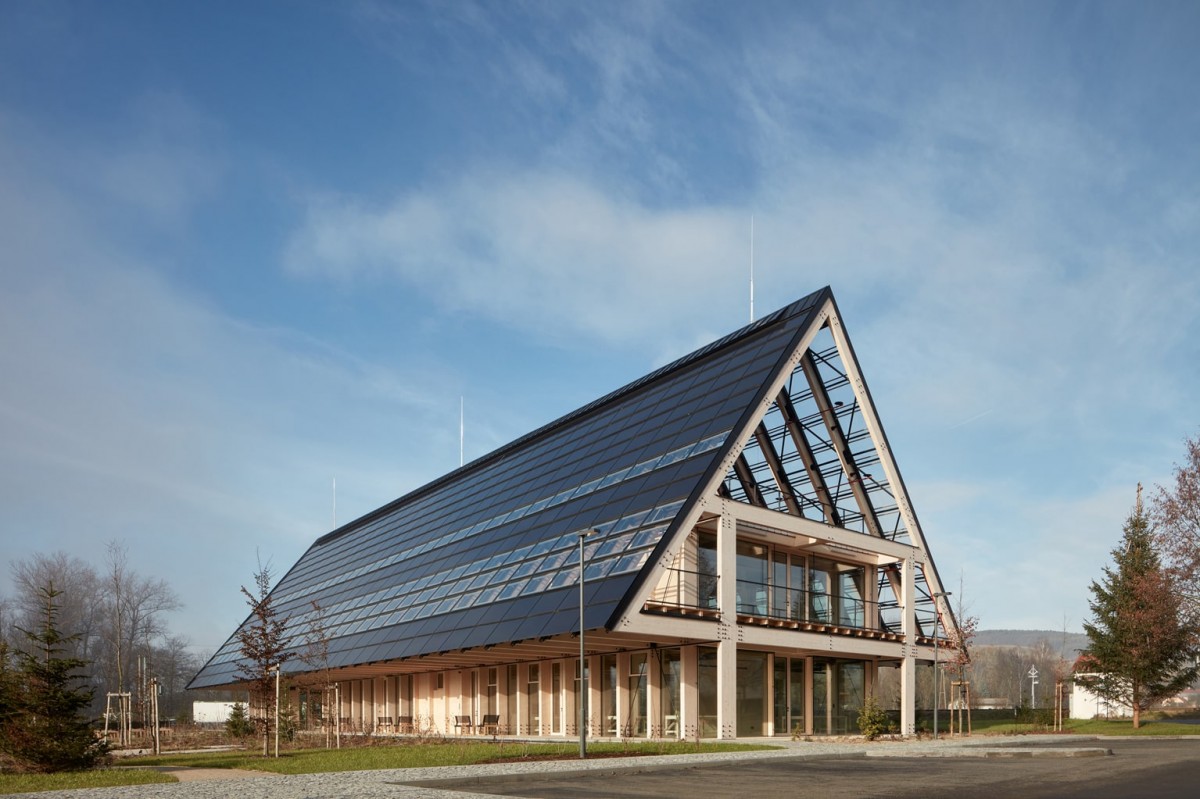Choosing Between Annuals And Perennials: A Practical Comparison

Table of Contents
Understanding Annual Plants: A Seasonal Burst of Color
Annual plants, by definition, complete their entire life cycle – from seed to flower to death – within a single growing season. This means they sprout, bloom, set seed, and then die all within a year. This rapid growth cycle results in a quick and vibrant display of color.
Lifespan and Growth Cycle
Annuals pack a lot of life into a short timeframe. They germinate quickly, grow rapidly, and burst into bloom, providing a continuous show of color until the first frost. After that, they naturally die back.
- Popular Annuals: Petunias (long blooming, ideal for hanging baskets), Zinnias (bright colors, attract butterflies), Marigolds (known for pest-deterrent qualities), and many more.
- Blooming Periods: The blooming period varies greatly depending on the species, with some flowering continuously throughout the summer and others having a more concentrated blooming season.
- Landscaping Uses: Annuals excel as bedding plants, filling flower beds with a dense carpet of color. They're also perfect for container gardening, adding pops of vibrant hues to patios and balconies.
Advantages of Annuals
Annuals offer numerous benefits for gardeners, especially those seeking instant gratification and flexibility.
- Easy to Grow from Seed: Many annuals are easy to start from seed, making them an affordable option.
- Wide Variety of Colors and Textures: The sheer variety of annuals available provides endless possibilities for creating stunning color combinations and textures in your garden.
- Good for Filling Gaps: Annuals are excellent for filling in gaps in perennial gardens, adding temporary bursts of color between the blooming periods of your perennials.
- Ideal for Themed Container Gardens: The variety of colors, shapes, and sizes makes them perfect for creating eye-catching themed container gardens.
Disadvantages of Annuals
While offering beautiful displays, annuals also come with some drawbacks.
- Replanting Every Year: The biggest drawback is the necessity of replanting every year, which can be time-consuming and costly.
- Ongoing Seed or Plant Purchase Costs: The recurring expense of buying seeds or plants each year adds up over time.
- May Not Thrive in All Climates: Some annuals are more sensitive to cold temperatures than others, requiring careful selection for your specific climate.
- More Frequent Watering: Due to their rapid growth, they often require more frequent watering than established perennials.
Exploring Perennial Plants: Long-lasting Beauty and Garden Structure
Perennials are plants that live for more than two years, returning year after year with their established root systems. They offer long-term beauty and structure to your garden.
Lifespan and Growth Cycle
Unlike annuals, perennials establish a robust root system, allowing them to survive winter and return to bloom in subsequent years. Their growth cycle is slower, but they offer enduring visual appeal.
- Popular Perennials: Hostas (shade-loving with striking foliage), Coneflowers (drought-tolerant with daisy-like blooms), Daylilies (wide range of colors and bloom times), and many others.
- Blooming Periods: Perennial blooming periods vary widely. Some bloom for a short period, others offer longer flowering seasons, and many have attractive foliage year-round.
- Growth Habits: Perennials exhibit diverse growth habits. Some spread rapidly, while others grow in neat clumps, affecting their placement in your garden design.
Advantages of Perennials
Perennials provide long-term benefits that surpass the initial investment.
- Long-Term Cost Savings: The initial investment is higher, but the cost savings over time are substantial, as you won't need to buy new plants each year.
- Reduced Maintenance Once Established: Once established, perennials require less maintenance than annuals, needing less frequent watering and fertilizing.
- Attract Pollinators and Beneficial Insects: Many perennials attract butterflies, bees, and other beneficial insects, contributing to the biodiversity of your garden.
- Provide Visual Interest Throughout the Seasons: Many perennials offer visual appeal beyond their blooming period with interesting foliage, seed heads, or winter structure.
Disadvantages of Perennials
While perennials are great long-term investments, they do require some consideration.
- Initial Higher Cost of Purchasing Plants: The upfront cost of purchasing established perennial plants is generally higher than annual seeds.
- Slower Establishment Compared to Annuals: Perennials take time to establish their root systems and reach their full potential, resulting in a slower visual impact initially.
- May Need Division or Pruning: To maintain their vigor and health, some perennials may require division or pruning.
- Potential for Disease or Pest Problems: Like all plants, perennials can be susceptible to diseases or pests, requiring appropriate care and treatment.
Choosing the Right Plants for Your Garden Needs
Selecting the ideal plants involves considering several factors.
Considering Your Climate and Soil
Both annuals and perennials thrive in specific conditions. Research the hardiness zones and soil preferences of plants before purchasing to ensure they'll flourish in your garden.
Evaluating Your Gardening Experience
Beginners might find easy-to-grow annuals less daunting, allowing them to build confidence before tackling the slightly more challenging world of perennials.
Budget and Time Commitment
Annuals are generally a lower initial investment but require more ongoing costs and time for planting every year. Perennials demand more upfront investment, but offer long-term cost savings and reduced maintenance after establishment.
Conclusion: Making the Right Choice for Your Garden
Choosing between annuals and perennials depends on your individual gardening goals, experience, budget, and climate. Annuals offer a vibrant, seasonal display with easy maintenance, but require yearly replanting. Perennials provide long-term beauty, reduced maintenance, and environmental benefits but require a higher initial investment and planning. Start planning your dream garden today by carefully considering the pros and cons of annuals and perennials, and choose the options that best suit your needs!

Featured Posts
-
 Alex Rins Moto2 Style Power Delivery And Argentina Gamble
May 29, 2025
Alex Rins Moto2 Style Power Delivery And Argentina Gamble
May 29, 2025 -
 Luca Marinis Verdict Aleix Espargaros Moto Gp Return Just Another Rival
May 29, 2025
Luca Marinis Verdict Aleix Espargaros Moto Gp Return Just Another Rival
May 29, 2025 -
 Mwajht Althdyat Llhfaz Ela Alastqlal
May 29, 2025
Mwajht Althdyat Llhfaz Ela Alastqlal
May 29, 2025 -
 Smith Denies Selling Joshlin Blames Lombaard And Letoni
May 29, 2025
Smith Denies Selling Joshlin Blames Lombaard And Letoni
May 29, 2025 -
 Lone Wolf Pellingtons Conspiracy Thriller Wraps Production
May 29, 2025
Lone Wolf Pellingtons Conspiracy Thriller Wraps Production
May 29, 2025
Latest Posts
-
 Fbi Most Wanted Season 6 Remy Questions A Widower
May 30, 2025
Fbi Most Wanted Season 6 Remy Questions A Widower
May 30, 2025 -
 Powerful Crispr Precise Whole Gene Insertion Into Human Dna
May 30, 2025
Powerful Crispr Precise Whole Gene Insertion Into Human Dna
May 30, 2025 -
 Remys Interrogation Fbi Most Wanted Season 6 Sneak Peek
May 30, 2025
Remys Interrogation Fbi Most Wanted Season 6 Sneak Peek
May 30, 2025 -
 Soutez Stavba Roku Seznam Ocenenych Projektu A Vitezu
May 30, 2025
Soutez Stavba Roku Seznam Ocenenych Projektu A Vitezu
May 30, 2025 -
 Nejlepsi Stavby Cr Vysledky Souteze Stavba Roku
May 30, 2025
Nejlepsi Stavby Cr Vysledky Souteze Stavba Roku
May 30, 2025
